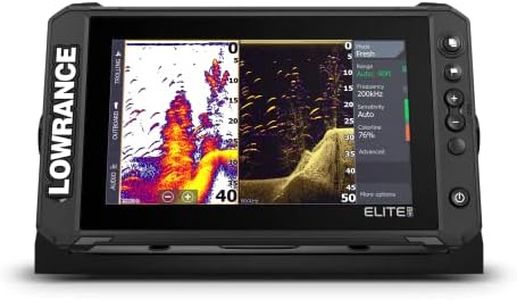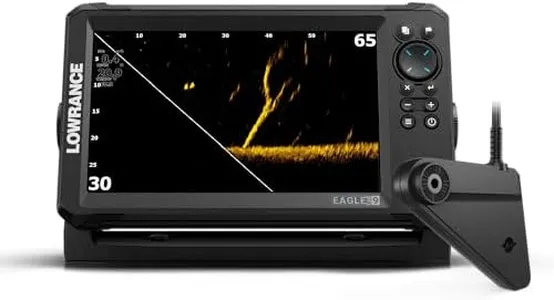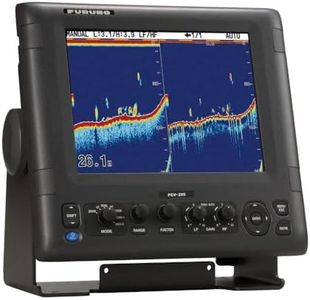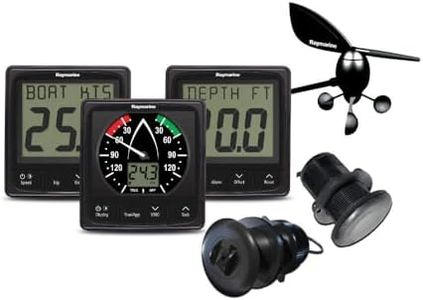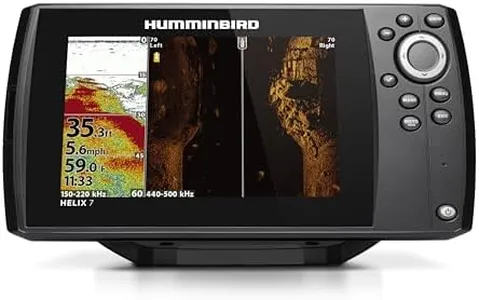10 Best Depth Finders 2025 in the United States
Our technology thoroughly searches through the online shopping world, reviewing hundreds of sites. We then process and analyze this information, updating in real-time to bring you the latest top-rated products. This way, you always get the best and most current options available.

Our Top Picks
Winner
Simrad NSS16 Evo3S - 16-inch Multifunction Fish Finder Chartplotter with Preloaded C-MAP US Enhanced Charts
Most important from
27 reviews
The Simrad NSS16 Evo3S is a robust depth-finder and fish finder chartplotter that excels in several key areas. One of its most impressive features is the full HD 16-inch display, which ensures clarity and easy readability, a crucial aspect for effective navigation and fish finding. The iMX 8 high-performance processor enhances the device's responsiveness and allows seamless transitions between functions, ensuring you can quickly switch between sonar readings and GPS navigation without lag. GPS integration is strong, with preloaded C-MAP US Enhanced Charts providing comprehensive inland and coastal coverage, which is great for chartplotting and navigation.
The device supports extensive system expansion, allowing you to monitor vital vessel functions like engine and fuel efficiency, making it versatile for those looking for more than just a fish finder. The combination of touchscreen and keypad controls offers flexibility in all weather conditions, catering to various user preferences. However, the unit's large size and dashboard mount may limit portability, which is worth considering if you need a device for smaller boats or require frequent installations and removals. The NSS16 Evo3S is powered by a 12 Volt DC, aligning well with typical marine setups.
This product is best suited for avid fishermen and marine enthusiasts who value integrated technology and expansive navigation capabilities.
Most important from
27 reviews
Simrad NSS12 Evo3S - 12-inch Multifunction Fish Finder Chartplotter with Preloaded C-MAP US Enhanced Charts,000-15403-002
Most important from
27 reviews
The Simrad NSS12 Evo3S is a high-quality depth-finder and chartplotter designed for serious anglers and boaters who want a reliable and feature-rich device. Its 12-inch high-definition screen makes it easy to see detailed maps and sonar images, which is great for spotting fish and underwater structures. The device uses a powerful iMX 8 processor, so it responds quickly and handles complex sonar data smoothly, helping you find fish with clearer images. It includes built-in GPS navigation with preloaded C-MAP US charts, making it convenient for inland and coastal trips without needing extra map purchases.
This model supports advanced sonar technologies like Active Imaging and StructureScan 3D, offering highly detailed views below the water surface. Bluetooth connectivity allows integration with other boat systems, like engine monitoring and audio control, turning the NSS12 Evo3S into a central hub for your vessel. The touchscreen is responsive and works well in various weather conditions; plus, there’s a keypad with a rotary dial for precise control if you prefer physical buttons.
On the downside, the device is somewhat bulky and requires a bracket mount, which may affect portability and installation on smaller boats. While it excels in features and performance, it sits at a higher price point that might be too much for casual users or those who only need basic depth reading. Also, some users might find the array of functions overwhelming if they're not interested in advanced integration or 3D sonar imaging. This makes the Simrad NSS12 Evo3S most suitable for anglers and boat owners looking for a robust, all-in-one depth finder and navigation tool with excellent display quality, GPS, and sonar capabilities. If you want a powerful, expandable device to enhance your fishing or boating experience, this model offers great value with its advanced features and ease of use. However, if you need something simple and portable, there might be lighter or less expensive options to consider.
Most important from
27 reviews
Garmin ECHOMAP UHD2 94sv with GT56 Transducer, 9" Touchscreen Chartplotter, Garmin Navionics+ U.S. Coastal
Most important from
254 reviews
The Garmin ECHOMAP UHD2 94sv depth-finder is designed with a focus on ease of use and comprehensive functionality for boating and fishing enthusiasts. The product features a 9-inch bright touchscreen display that ensures clear visibility even in direct sunlight, which is a crucial factor when navigating on water. The display size and resolution of 1024 x 600 provide adequate detail for chart plotting, although some users may prefer a higher resolution for more detailed images.
One of its standout features is the GT56-TM transducer which supports Garmin's traditional sonar as well as ClearVü and SideVü scanning sonars. This offers a wide range of scanning capabilities useful for detecting fish and underwater structures. The inclusion of CHIRP technology enhances target separation and provides clear images, making it well-suited for serious anglers.
The built-in Garmin Navionics+ coastal charts with integrated Navionics data offer comprehensive navigation support, which would be particularly beneficial for those fishing or boating along U.S. coastal areas. The unit's built-in Wi-Fi connectivity allows for seamless sharing of sonar data and navigation routes with other ECHOMAP UHD2 devices, which facilitates collaborative fishing trips or group navigation. Another notable feature is its wireless connectivity with Garmin’s Force trolling motor, allowing for advanced control such as creating routes and adjusting speed directly from the chartplotter, which can enhance the fishing experience.
While weighing 8.08 pounds, the device might be less portable compared to smaller units, but its mounting options (dashboard or panel) can accommodate different types of watercraft. Considering its features, the Garmin ECHOMAP UHD2 94sv depth-finder is an excellent choice for those who prioritize comprehensive sonar capabilities and detailed navigation, especially in coastal areas.

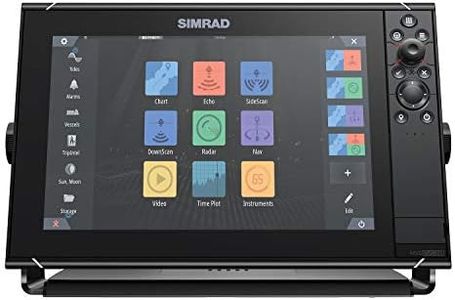
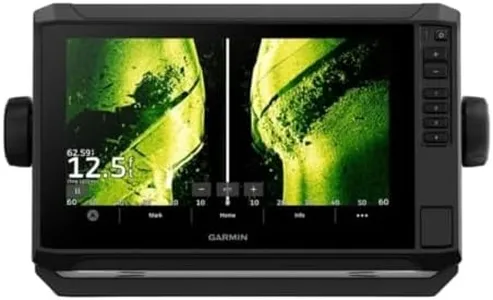
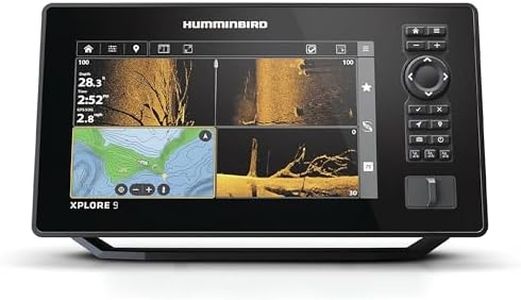
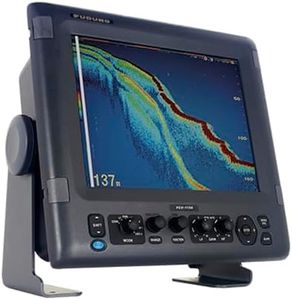
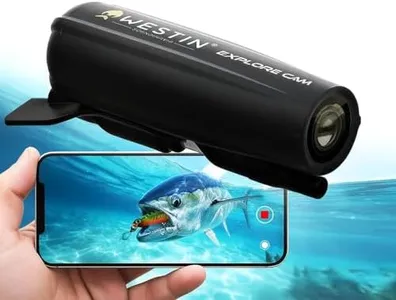
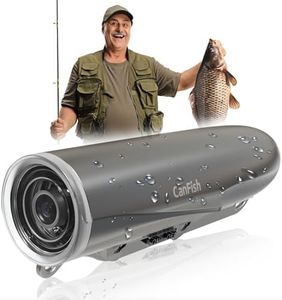
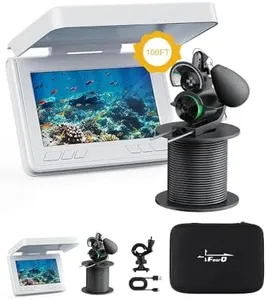
![[FishPRO® 2025 Upgrade] 4.5'' True HD 1080P Underwater Fishing Camera w/DVR-32GB, (NO Need Learn) Ice Fishing Camera Underwater, Ice Fish Finder Camera - w/ 5,000mAh & USB-C, IR+LED, 20m/66ft](https://images-proxy.bestreviews.guide/0CVGaE9o20DmnIASQqwX_PN8NoA=/0x300/https://m.media-amazon.com/images/I/51BAH60l9ML._AC_CX679_.jpg)
![[FishPRO®2025 Upgrade] [Auto-Focus 2''- 40''] Underwater Fishing Camera w/DVR 32GB,1200TVL, Ice Fishing Camera Underwater Fish Finder, w/IR+LED Light for Dark, 4500mAh w/ [Spare Charging Port], 49ft](https://images-proxy.bestreviews.guide/acq3_QtcLbcjVSUbrd75CGmUBuk=/0x300/https://m.media-amazon.com/images/I/51hexOA1C9L._AC_CX679_.jpg)
